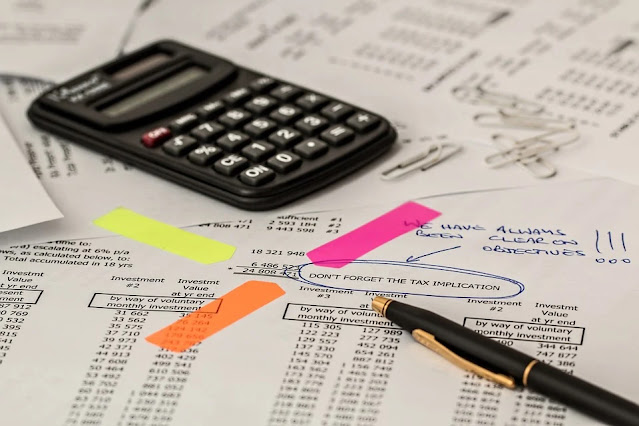Notebook also known as notepad, writing pad, drawing pad or legal pad

A notebook (also known as a notepad , writing pad , drawing pad , or legal pad) is a book or stack of paper pages that are often ruled and used for purposes such as recording notes or memoranda, other writing, drawing or scrapbooking. History Early history During the fourteenth and fifteenth centuries, notebooks were often made by hand at home by drawing on them into gatherings that were then bound at a later date. The pages were blank and every notekeeper had to make ruled lines across the paper. Making and keeping notebooks was such an important information management technique that children learned how to do in school. Legal pad According to a legend, Thomas W. Holley of Holyoke, Massachusetts, invented the legal pad around the year 1888 when he innovated the idea to collect all the sortings, various sorts of sub-standard paper scraps from various factories, and stitch them together in order to sell them as pads at an affordable and fair price. In about 1900, the latter then evolve



